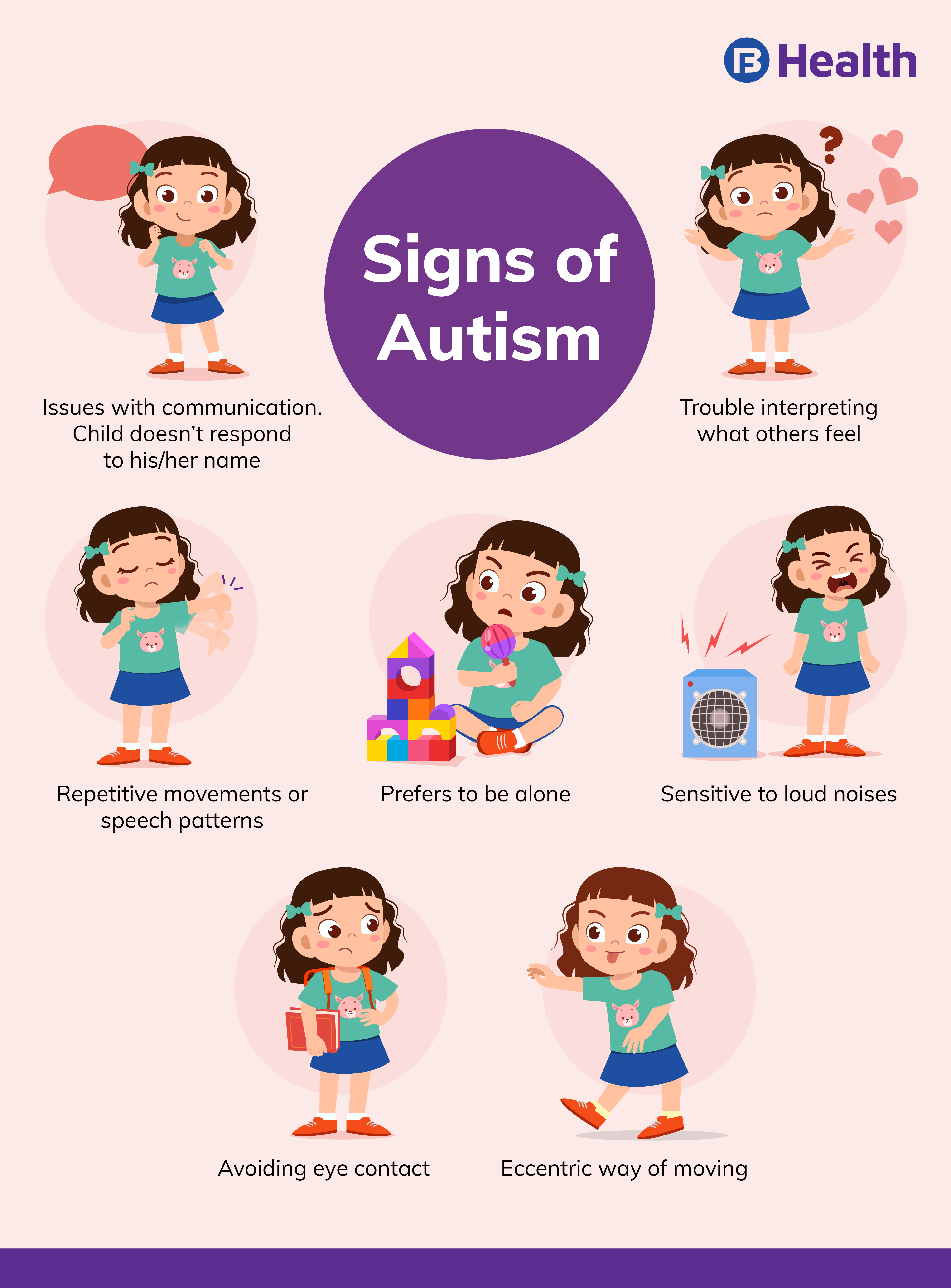If you’re wondering how to find a reputable autism referral manual for toddlers, you’ve landed in the right place. This guide will walk you through the maze of resources, help you spot the trustworthy gems, and give you a practical roadmap to turn a manual into a real, actionable plan for your little one. And yes, we’ll sprinkle in a dash of humor because even the most serious topics can use a light touch.
---

Understanding the Need: Why a Referral Manual Matters
What is a Referral Manual?
A referral manual is more than a list of checklists; it’s a curated guide that helps parents, teachers, and clinicians spot early signs of autism and know the next steps. Think of it as a treasure map where X marks the spot for early intervention services.
Why Toddlers Require Early Guidance
Early childhood is the brain’s prime time for plasticity. By age two, the brain is like a sponge soaking up experiences. Missing early cues can mean delayed support, which can ripple into later learning challenges. A reliable manual gives you the compass you need to navigate this critical window.

---
The Search Begins: Where to Look for Reliable Resources
Trusted Online Repositories
- National Autism Information Center (NAIC) – Offers vetted PDFs and e‑books. Understood.org – Provides parent-friendly summaries and toolkits. CDC’s Early Childhood Resources – Contains evidence‑based guidelines.
These sites are vetted by experts, so if you see a manual hosted here, you’re already on the right track.
Professional Networks and Pediatricians
Ask your pediatrician or local child‑development specialist. They often have a “hand‑picked” list of manuals that have stood the test of time. A quick phone call can save you hours of internet sleuthing.
Community and Parent Support Groups
Parent‑to‑parent networks are gold mines. Look for groups on Facebook, local parenting forums, or meet‑ups organized by autism advocacy organizations. These communities tend to share resources that have worked for them.
---
Evaluating Quality: Red Flags and Gold Standards
Credentials and Endorsements
A reputable manual will list its authors’ credentials—board‑certified pediatricians, developmental psychologists, or seasoned educators. Look for endorsements from recognized bodies such as the American Academy of Pediatrics (AAP) or the National Association of School Psychologists (NASP).
Updated Content and Evidence‑Based Practices
The field of autism research evolves rapidly. A manual last updated over five years ago is like a GPS stuck on a 2005 map. Check the publication date, and look for references to recent studies or guidelines.
Accessibility and Practicality
A manual that’s dense, jargon‑heavy, or requires a subscription fee can be a barrier. Look for:
- Clear language tailored for parents. Practical checklists that you can use in everyday routines. Visual aids or flowcharts that simplify decision‑making.
---
Making the Decision: Choosing the Right Manual for Your Family
Matching Your Child’s Profile
No two toddlers are identical. Consider:
- Age and developmental milestones: A manual for infants may not cover the nuances of a 2‑year‑old. Family history: Some manuals provide guidance for siblings of children with autism. Cultural context: Look for resources that respect your family’s cultural values and language preferences.
Budget and Licensing Considerations
Many manuals are free, but some come with a price tag. If you’re on a tight budget, look for open‑access versions or community‑based programs that offer discounted or free copies. Remember, the most valuable resource is the one you can actually use—money saved on a pricey manual could be better spent on therapy or support services.
---
Implementation Tips: Turning a Manual into Action
Creating a Personalized Action Plan
Identify Key Milestones – Use the manual’s checklist to flag any red flags. Limited facial expressions Set Immediate Goals – For example, “Start a daily picture schedule” or “Schedule a developmental screening.” Assign Roles – Who will monitor progress? Who will contact professionals? li13li13/li14li14/li15li15/##---
Making Your Selection Count
Now that you’ve navigated the search, evaluated quality, and mapped out an action plan, it’s time to put the manual into practice. Remember, the goal isn’t just to read a document; it’s to create a supportive environment where your https://www.slideserve.com/aebbatxlyt/autism-signs-in-children-who-have-difficulty-with-social-interactions-in-the-pla toddler can thrive.
* “The greatest gift you can give a child is the confidence that they are loved and understood.”* – This quote reminds us that every tool we use should ultimately reinforce that foundational love.
Ask yourself: Am I ready to turn knowledge into action? If the answer is yes, pick the manual that feels right, and start applying its guidance today. Your toddler’s future self will thank you.
---
Final Thought
Finding how to find a reputable autism referral manual for toddlers isn’t a mystery—it’s a matter of knowing where to look, what to look for, and how to apply what you find. With the right manual in hand, you’ll have a roadmap that turns uncertainty into confidence, and questions into clear next steps. So, grab that guide, start the journey, and remember: every step forward, no matter how small, is a stride toward a brighter tomorrow.